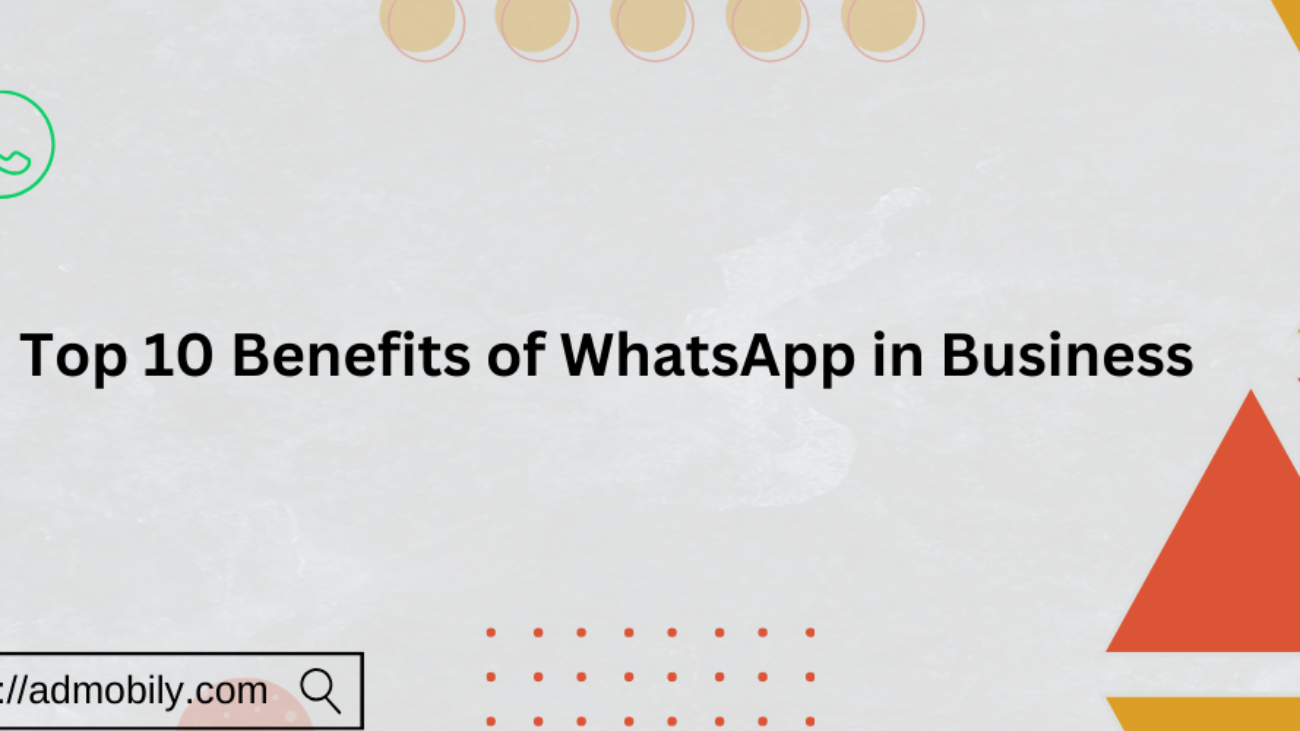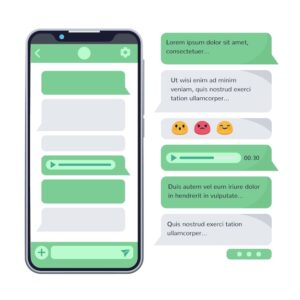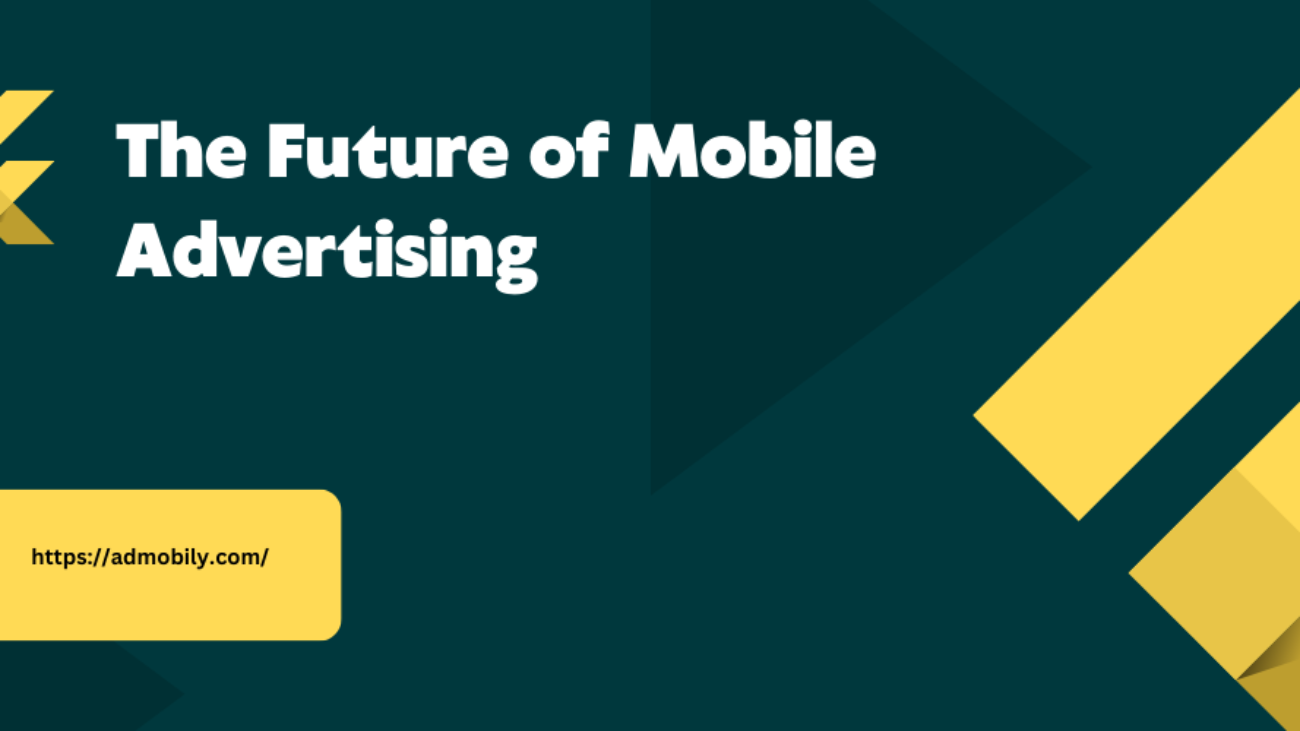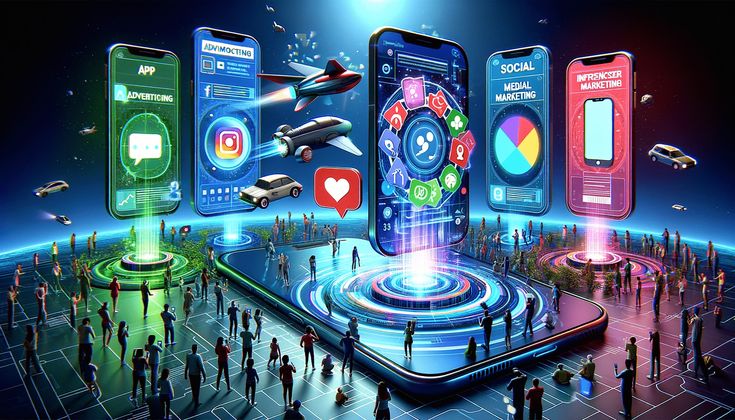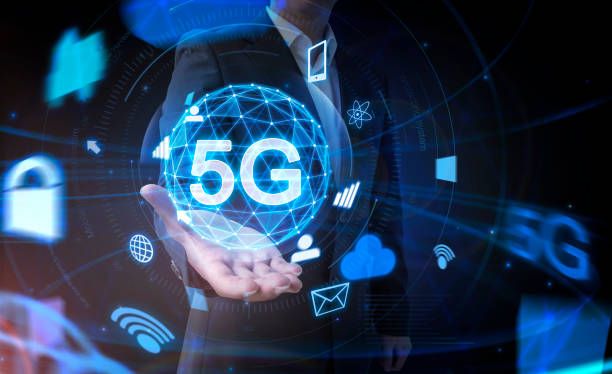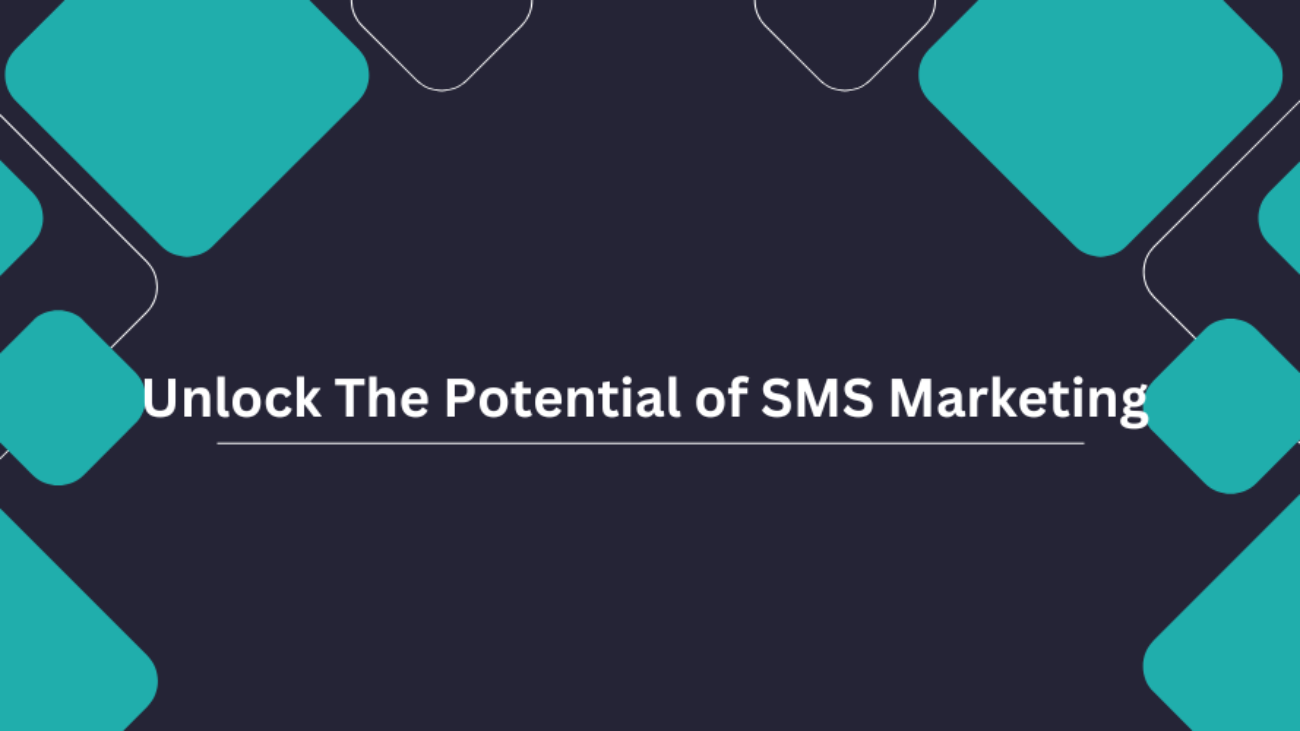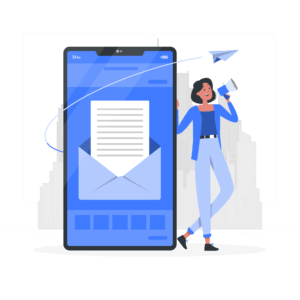In the fast-paced world of digital marketing, audience targeting is a game-changer, especially in mobile advertising. Basically, audience targeting answers one very basic question: how to communicate the right message to the right person at the right time. In practice, though, this is much more complex and important for companies working toward the goal of maximizing ROI. This article will help you understand why audience targeting for mobile advertising is key to any business in the competitive digital environment.

What is Audience Targeting?
It is basically the segmentation of potential customers based on several factors like demographics, behaviour, interests, and even their location. The goal is to ensure that ads are shown only to those most likely to be interested in the product or service, thereby increasing the likelihood of engagement and conversion.
With mobile ads, targeting is even more crucial for the simple fact that phones and tablets are more personal. Since people take their phones with them everywhere, they have become an ideal channel for running targeted ad campaigns. This also means that users are expecting very high relevance; irrelevant ads are not only ineffective—they can be intrusive.
The Role of Data in Audience Targeting
At the heart of all audience targeting is data. Empowered by data analytics, businesses can identify the behaviours and preferences of their audiences. This can then help them create highly personalized ads that would most resonate with the target audience. Mobile devices offer countless data points, from the use of apps to location tracking, permitting more precise targeting.
For example, an individual who loves to browse through websites and applications on topics like fitness would be the ideal target for advertising workout gear or health supplement products. In this aspect, the use of data to understand what users like makes it possible for the ads to be relevant, timely, and interesting.

Types of Audience Targeting in Mobile Advertising
There are a number of types of audience targeting that can be applied in mobile advertising:
Demographic targeting: It targets simple characteristics, such as age, sex, income, and education. For instance, advertising expensive watches will aim at males of age 30 through 50.
Behavioral targeting: This tracks past behaviour—be it on Web sites, apps, or purchasing. For example, a user who has searched recently for holiday spots can see ads for holiday deals.
Location-Based Targeting: Targeting users based on their current and/or previous locations through the use of GPS data. Useful for local businesses—it can attract customers who are nearby.
Contextual Targeting: Placement of ads relevant to the content currently being used by the user—hence, a person presently reading an article about gardening might be seeing advertisements on plant seeds or tools used in gardening.
Higher Engagement Rates
Being more relevant to the interests and needs of a potential audience, an advertisement is more likely to hold eyeballs and, therefore, generate interaction. This would consequently translate into high engagement rates, be it in terms of clicking an ad, visiting a website, or making a purchase.
Improved ROI
It helps in the efficient utilization of marketing budgets. This means that instead of wasting resources on a blanket audience, businesses can work only on those people who have a higher tendency to convert. This leads to much better ROI because there is less cost per acquisition.

Improved User Experience.
Irrelevant ads may just frustrate the accumulation of user experience and cause ad fatigue. Relevant advertisements of interest to the user actually improve the overall user experience. All this increases the effectiveness of ads and contributes to a positive brand image.
Real-Time Optimization
There are many mobile advertising platforms that allow the real-time analysis of data, into which a business can change a cinch of strategy. If one advertisement happens to be underperforming, such ability in the content is allowed to be updated on the fly. The flexibility is needed in the world of mobile-first, wherein user behaviours can shift quite fast.
The Challenges of Audience Targeting
Even though audience targeting has quite a number of pros, it is not a process without several challenges. One of the major challenges is on the issue of data privacy. As much as data security sensitivity is growing every other day, businesses have to ensure that they follow all the guidelines, including the GDPR, while collecting and using customer data.
Another challenge is overspending due to the risk of over-targeting. It means if the ads are much targeted, they miss other prospective customers that don’t exactly match the set criteria, but have interest in the product. It, therefore, requires an optimal balance between precision and reach in order not to limit the audience so much.
Best Practices for Effective Audience Targeting
First-Party Data
First-party data is an incredibly strong asset for user targeting, as it is captured directly from the users themselves. It is quite accurate and reliable, most of the time, and more accurate in targeting than third-party data.
Lookalike Audiences
Lookalike Audiences is one of the most effective ways to reach more people while still finding relevance. Run ads to users that very much resemble your current customers, in order to find potential customers more likely to be interested in your products.
Review and Update Targeting Strategies on a Regular Basis
What is in constant flux — even more so — is the digital landscape. User behaviours continue to change, and regular reviewing and refreshing of targeting strategies is a must if your ad is to maintain its effectiveness. This may include, for example, testing out of new targeting criteria for seasonal trends or even new sources of data.
Conclusion:
It’s not a trend—audience targeting in mobile advertising is a necessity. Mobile devices are gaining even larger importance in our day-to-day lives, and with that comes the need for targeting users with even more relevant and personalized advertisements. Businesses that are able to master this art of audience targeting at scale will not only drive better results from their ad campaigns but also forge stronger, more meaningful connections with their already existing and potential customers.
The right audience targeting can make all the difference in today’s competitive digital landscape. Businesses can ensure that their mobile advertising is at once both effective and efficient by leveraging data, employing a diverse range of targeting strategies, and staying adaptable.
Get more insights here on how to optimize your mobile advertising campaigns targeting the right audience on AdMobily


